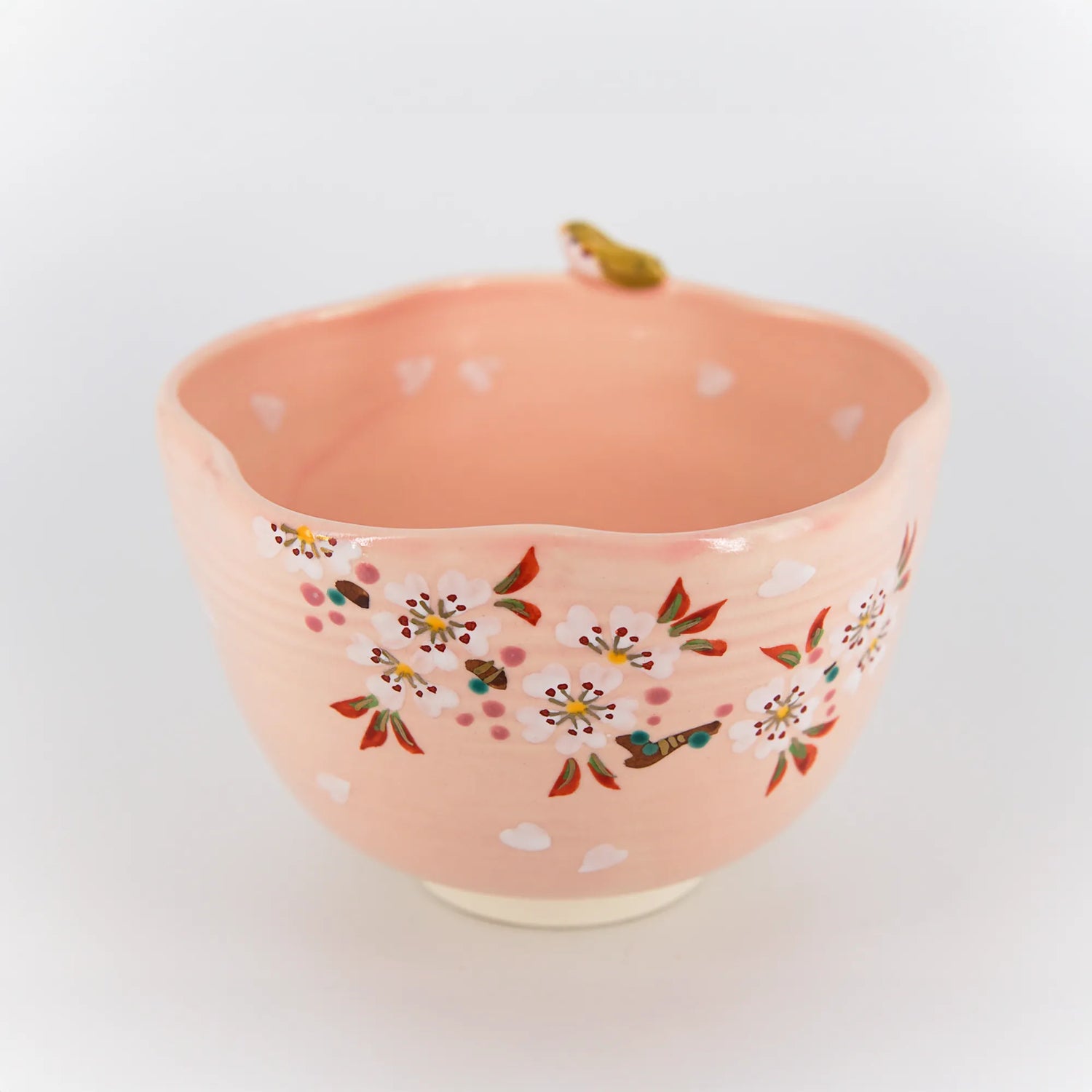Iromuji (Awase) – Silk Rinzu – Dusty Pink (Mukōmon) – 159/62/44.5
Iromuji (Awase) – Silk Rinzu – Dusty Pink (Mukōmon) – 159/62/44.5
No VAT charged. (Kleinunternehmer, § 19 UStG).
Because this is a vintage, second-hand item, returns and exchanges are not available. Thank you for your understanding.
Couldn't load pickup availability
- Dedicated customer support for questions or problems
- Free shipping from €49 (within Germany)
Low stock
View full details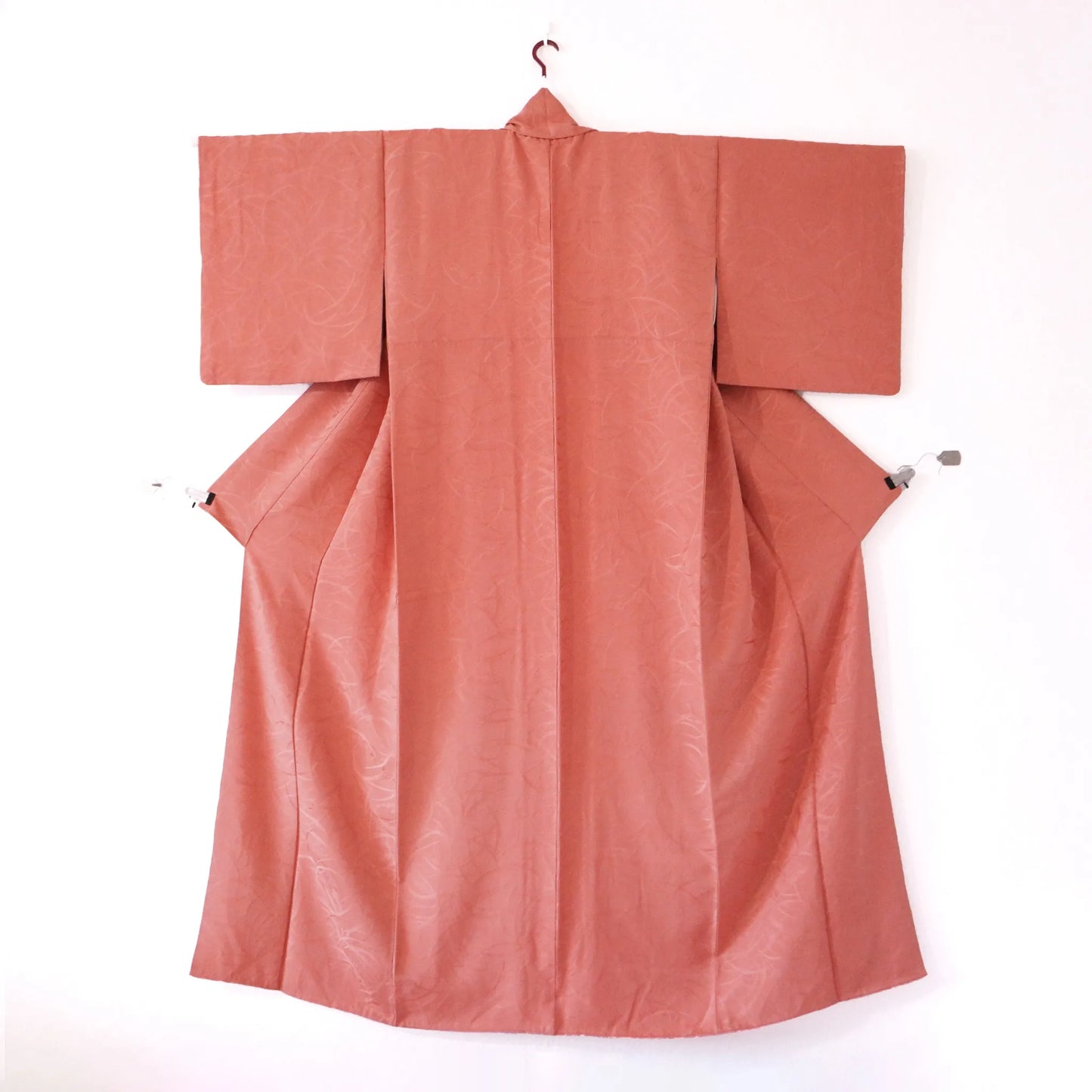
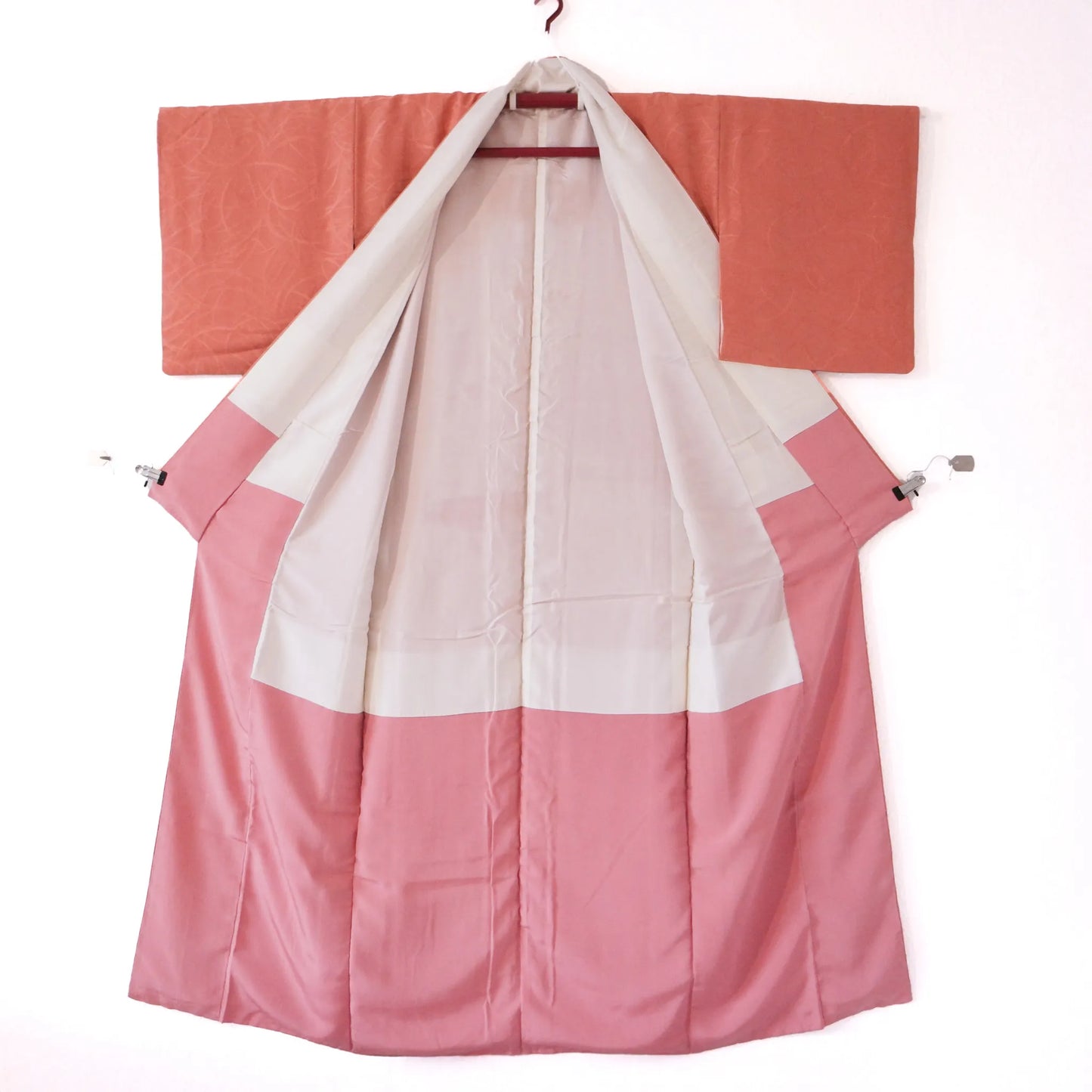
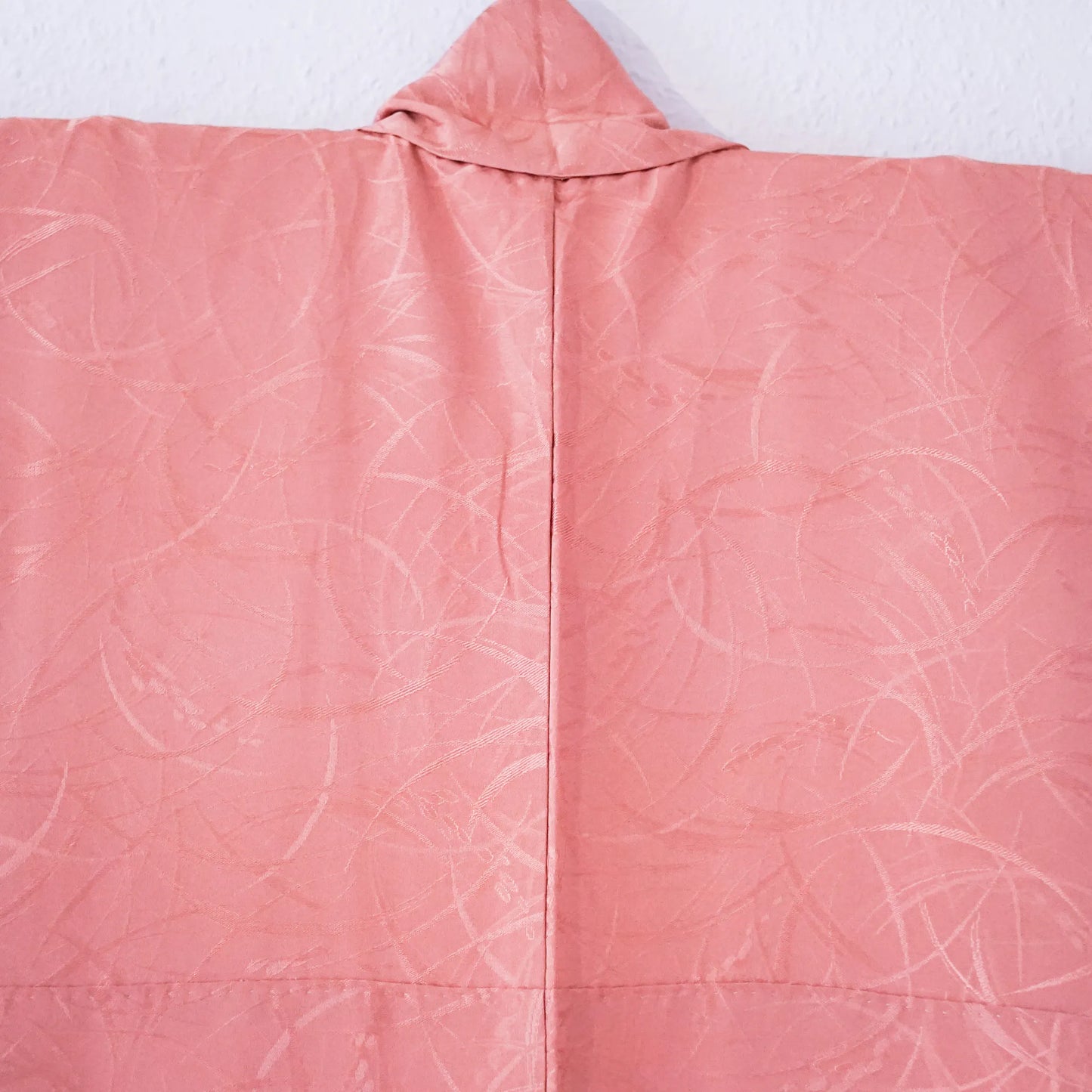
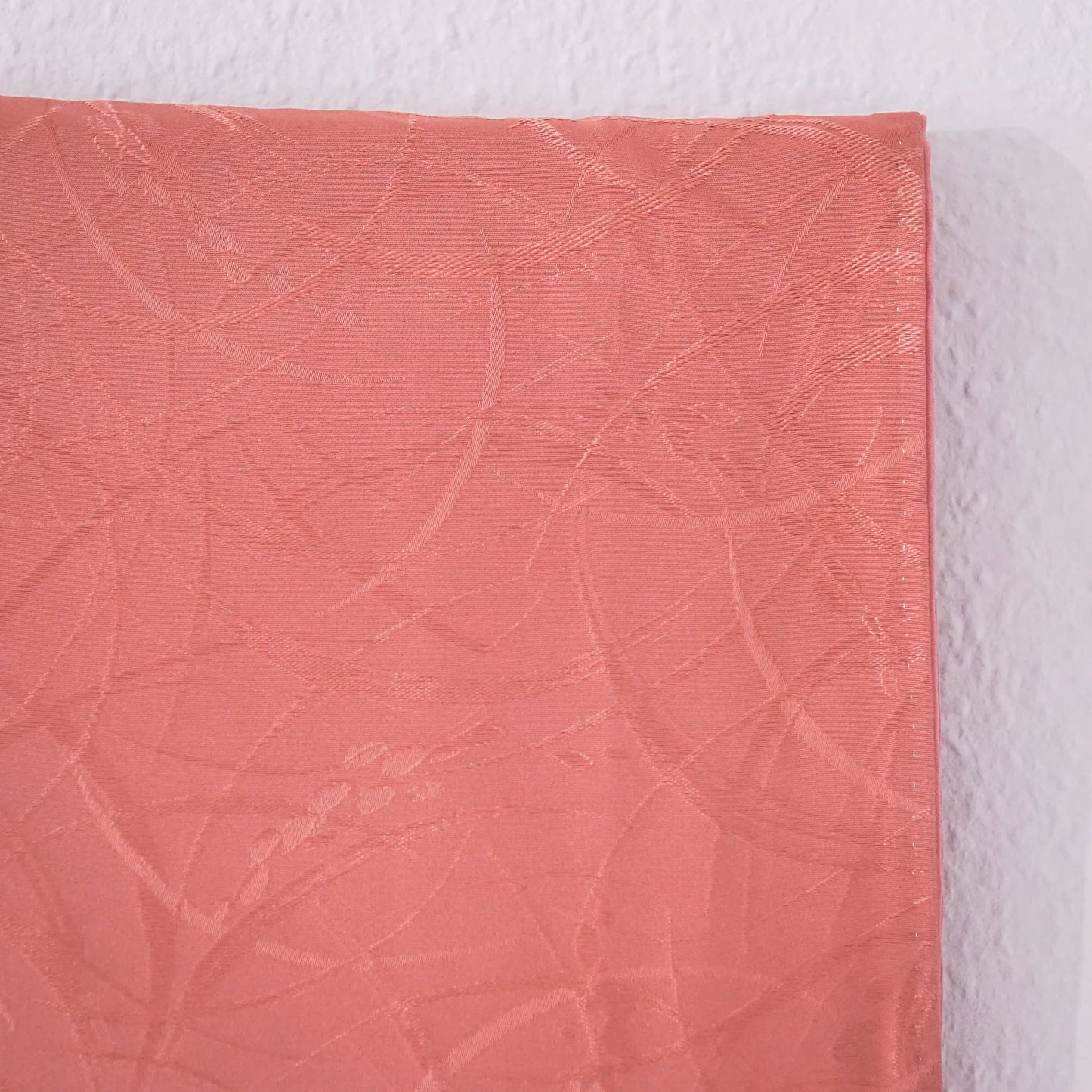
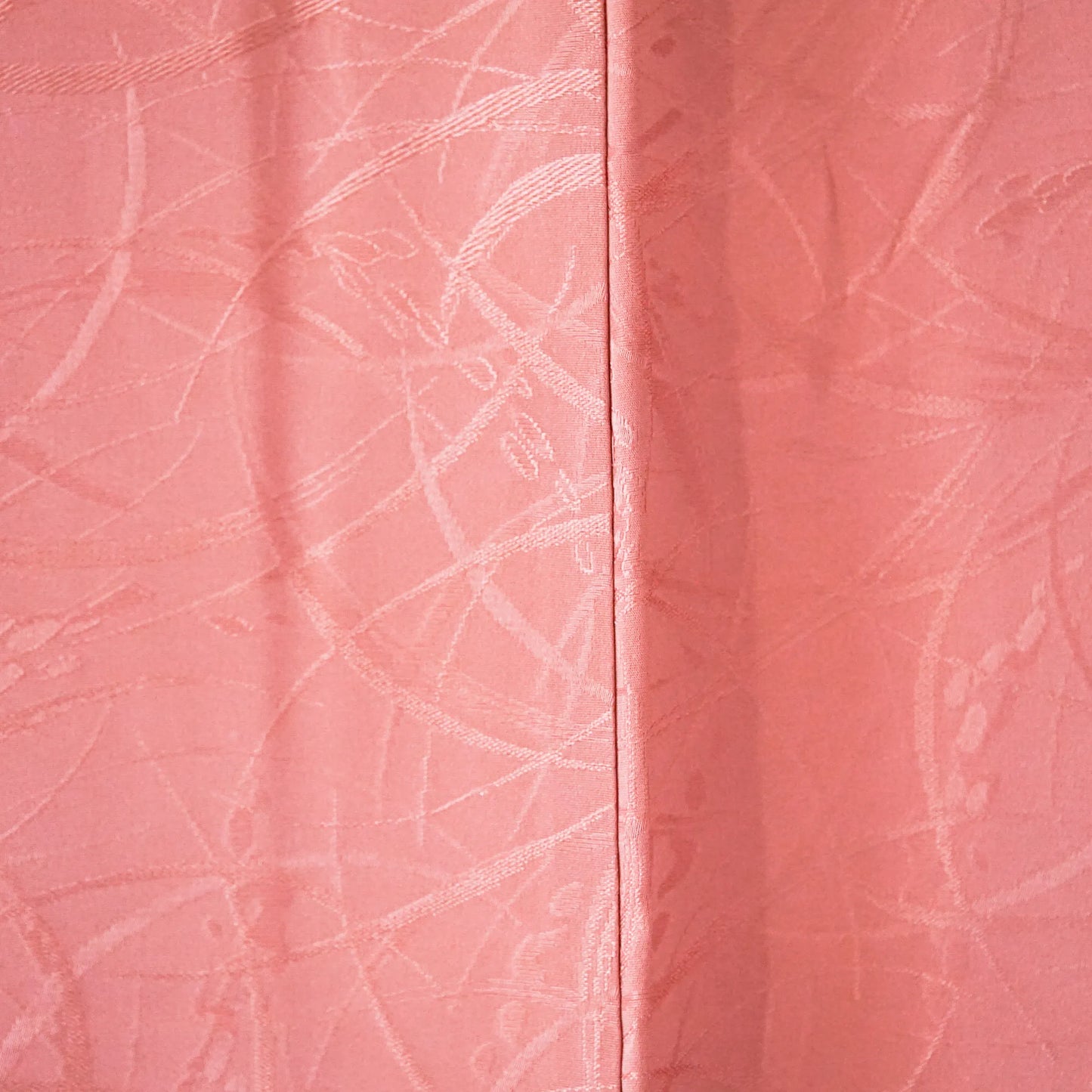
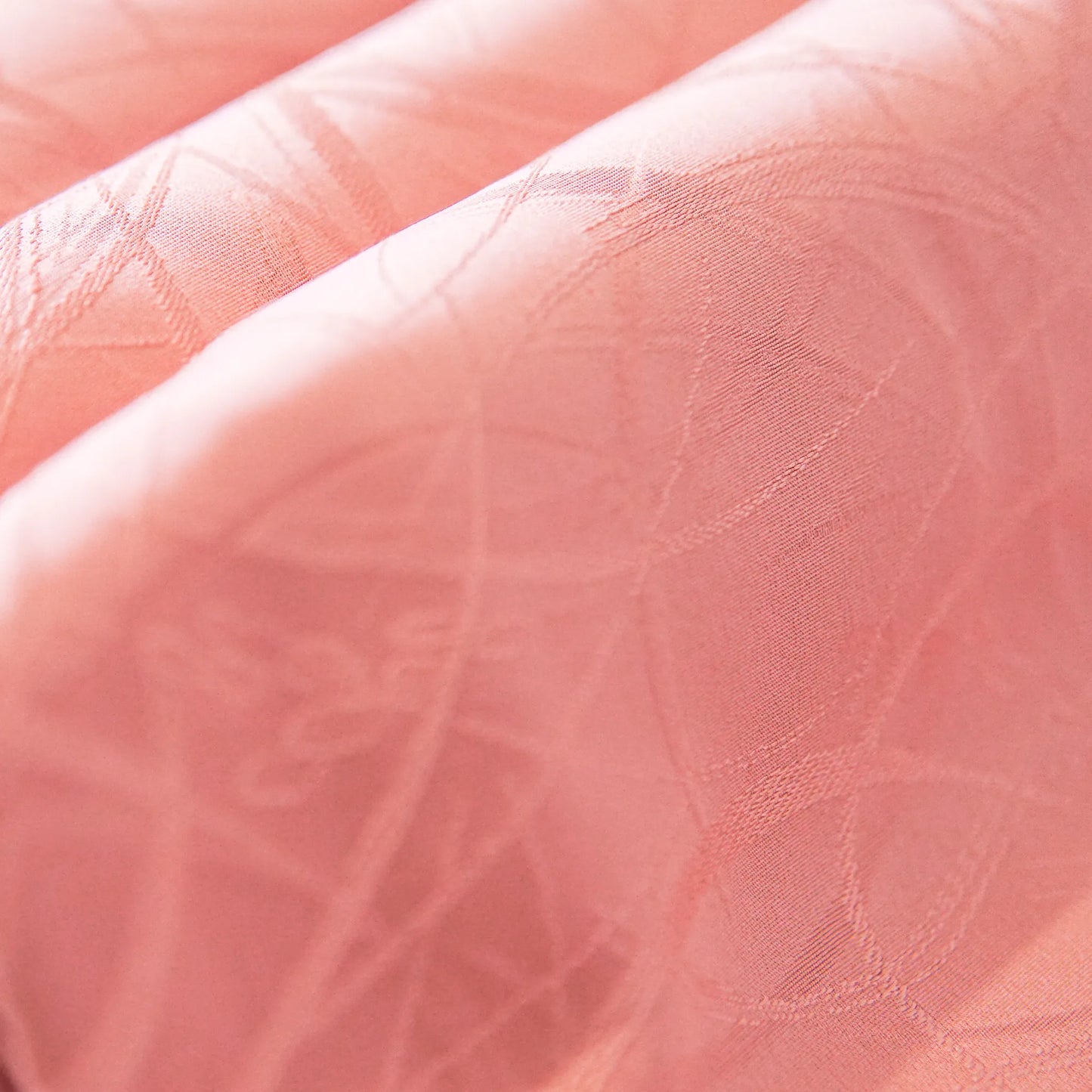
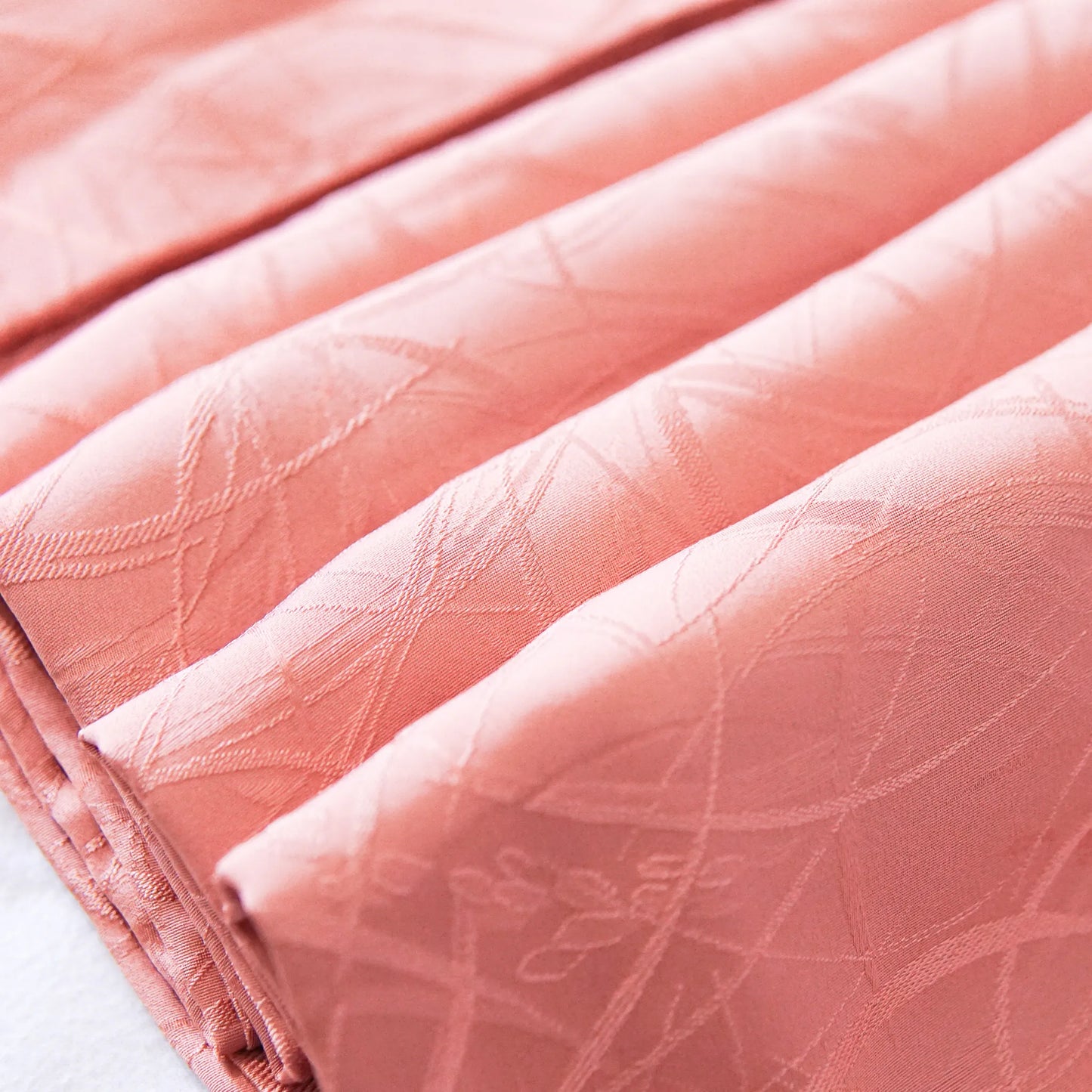
Iromuji (Awase) – Silk Rinzu – Dusty Pink (Mukōmon) – 159/62/44.5
✿ Description
An elegant vintage Iromuji in pure silk, dyed a soft dusty pink. The fabric features a subtle rinzu jacquard with flowing lines that suggest kasumi (mist) or stylized grasses—adding quiet movement to the solid tone. Fully lined (awase) and without crests (mukōmon), it’s a versatile piece for tea practice and refined everyday styling.
✿ Details
- Type: Iromuji (solid color kimono)
- Fabric/Weave: 100% silk, rinzu (subtle woven pattern)
- Color: Dusty pink (warm, understated)
- Crests: None — mukōmon
- Lining: Awase (fully lined)
✿ Sizing
| Length (身丈) | 159 cm (from shoulder) |
| Yuki (裄) | 62 cm |
| Sleeve length (袖丈) | 44.5 cm |
| Front panel (前幅) | 22.5 cm |
| Back panel (後幅) | 28 cm |
| Tsumashita (褄下) | 75 cm |
Recommended height (guideline): approx. 152–160 cm.
✿ Condition & Notes
Good, wearable vintage condition with no major visible flaws on inspection. The classic cut and gentle hue make it suitable for both beginners and experienced wearers.
✿ Color & Care
Photos aim to reflect true color; slight variations may occur due to lighting/screens. Dry clean recommended; air gently in shade 1–2 hours after wear. Store in a breathable cover.
Frequently Asked Questions
How do I know if a kimono will fit me?
Height: Length (身丈) ≈ your height ±5 cm (you adjust length with the ohashori fold).
Yuki (裄): Neck center → wrist bone. The kimono’s yuki should be close (±2 cm usually fine).
Body width: Maehaba (front) + Ushirohaba (back). As a rough guide, this total should exceed half your hip circumference for good overlap.
What do the kimono types mean?
Komon: All-over small pattern; casual to smart-casual.
Iromuji: Solid color; versatile/tea practice; semi-formal.
Tsukesage / Hōmongi: Pattern flows across seams; semi-formal to formal.
Furisode: Long sleeves; formal.
How are conditions graded?
Rank SS: New, never worn.
Rank S: Like new.
Rank A: Minor, hard-to-notice vintage nuances.
Rank B: Small visible age/marks; wearable.
Rank C: Noticeable issues; best for styling/display/projects.
Care: can I wash a kimono?
Silk: Dry clean (kimono-experienced cleaner). Air in shade 1–2 h after wear; avoid direct sun. Light steam from reverse with a press cloth.
Polyester: Gentle/cold cycle in a laundry bag; line-dry in shade; no tumble dry.
Gold/embroidery/yuzen: Avoid rubbing, soaking, high heat.
How to reduce vintage odors?
Air in shade over several days; store with neutral charcoal or deodorizing sachets. Don’t spray perfume directly on silk.
What do I need to wear a kimono properly?
Juban (with han-eri), 3–4 koshihimo, 1–2 datejime, eri-shin, obi-ita.
For nagoya/fukuro obi: add obi-makura, obiage, obijime. Optional: korin belt, small towels for shaping. Footwear: tabi & zōri.
